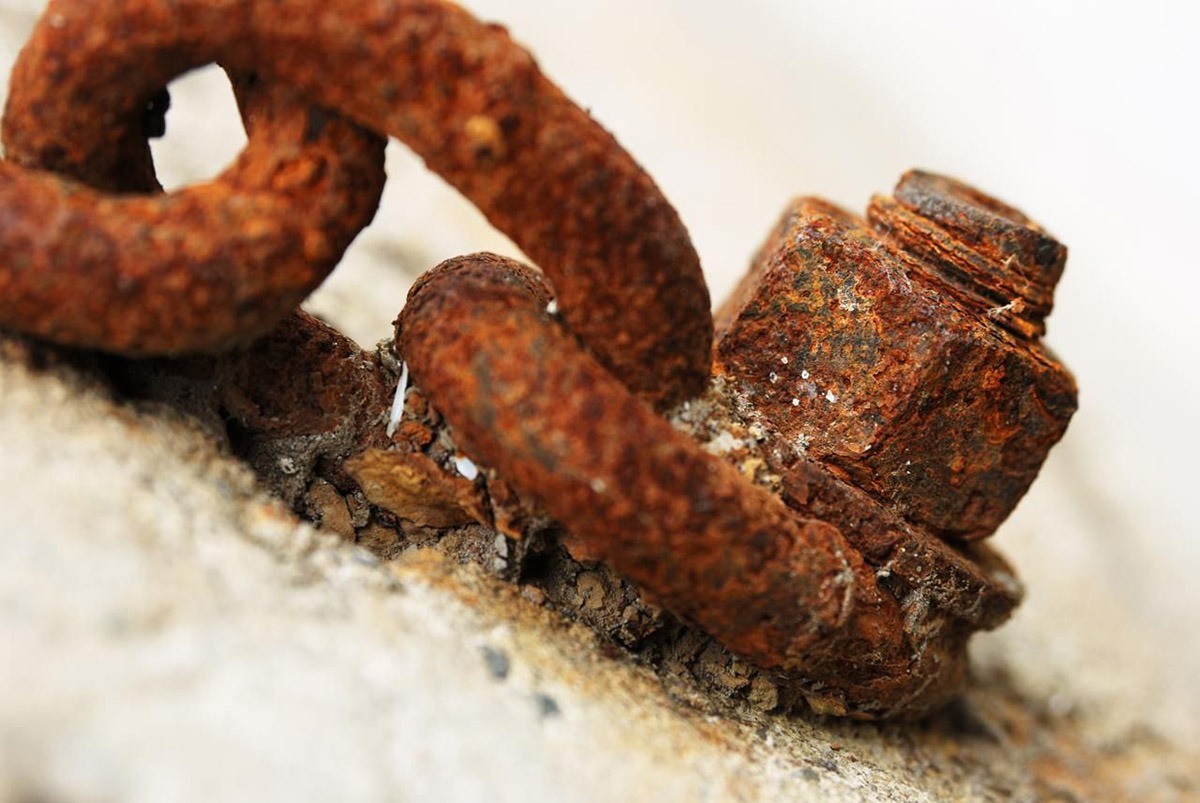Steel is incredible stuff to build with – tough and versatile, it is the backbone of modern technology, building and infrastructure. However, for all its strength and dexterity, it is not entirely impervious to encroachment.
All steel will eventually corrode if not taken care of properly, which can not only ruin its aesthetic, but also affect its structural integrity. As a leading Sydney steel fabrication company, we not only deal with steel fabrication, but also detailing and drafting, and steel surface treatment.
Steel surface treatment is important for many reasons, from making them more attractive through to protecting them against scratching, peeling, extreme weather and, most importantly, corrosion. Here we take a look at how you can help save your steel from corroding.
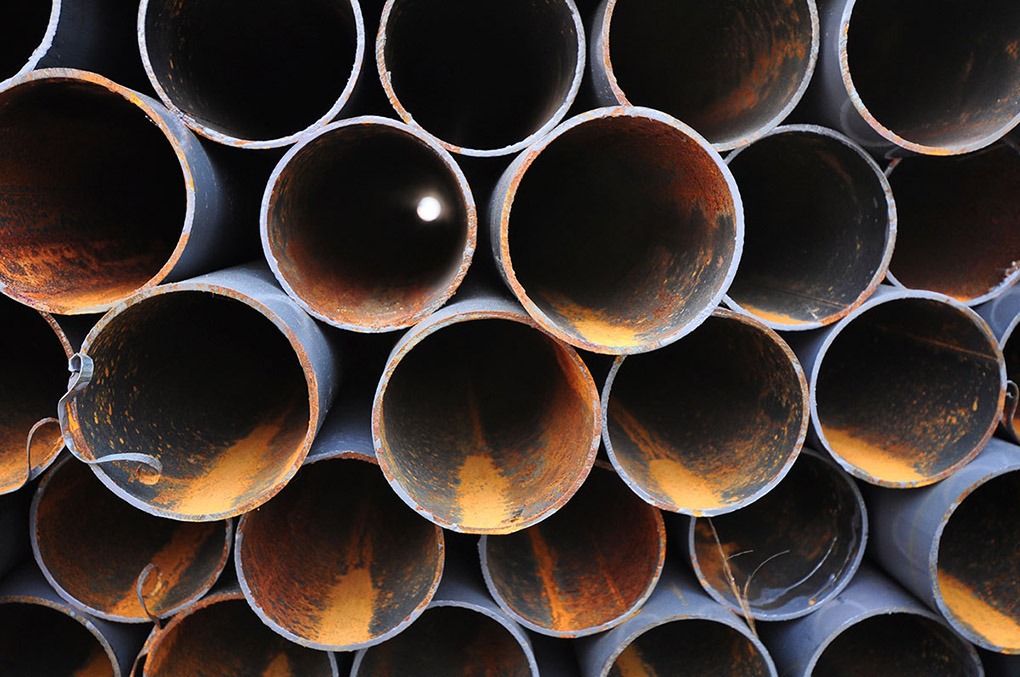
Here we take a look at some of the major types of steel corrosion that can threaten your steel & how you can help protect against them.
Uniform Attack Corrosion
Also known as general attack corrosion, this kind of corrosion is caused by a chemical or electrochemical reaction that results in the deterioration of the entire exposed surface of the steel. The decay will occur at the same rate and this means that the entire surface needs treatment.
The best way to protect against uniform attack corrosion is to establish a barrier between the steel and the malicious agents. This includes coating the steel with zinc phosphate primers (a mineral zinc phosphate that provides inhibitive or active corrosion protection to protect the steel), paint, oil sealant or plastic coating.
Uniform attack corrosion is the most common form of decay and can be catastrophic to the steel, however, it is considered quite unthreatening as it is predictable and manageable.
Galvanic Corrosion
Galvanic corrosion, or dissimilar metal corrosion, occurs when steel comes into contact with another metal in a corrosive electrolyte. The best way to avoid this is make sure different metals do not have direct contact. Of course, this is not always possible. Another technique is to coat the metals with materials that prevent electrical conduction between the metals, for example galvanisation or anodising.
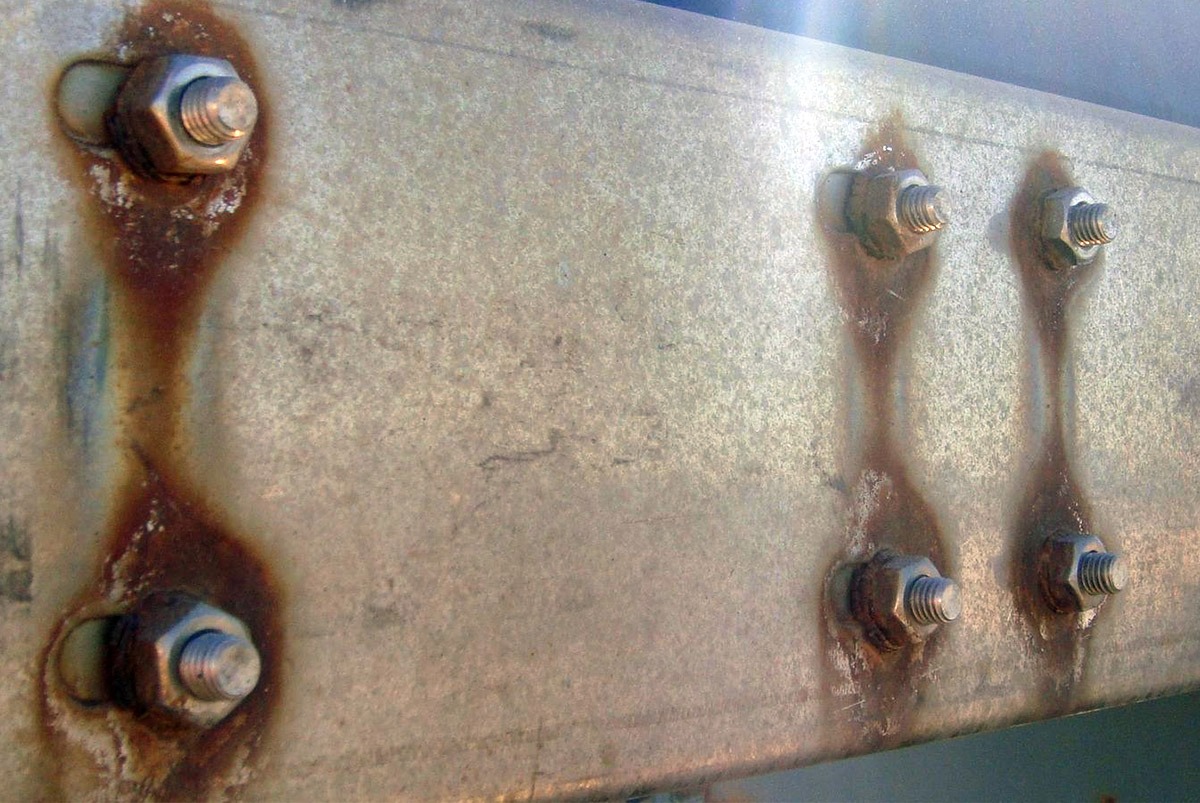
Pitting Corrosion
Pitting corrosion occurs when localised areas of steel lose their protective layer. This area becomes anodic, while part of the remaining metal becomes cathodic, producing a localised galvanic reaction. This results in the reduced structural integrity of a steel section.
You can avoid this by being particularly diligent with your steel and to re-apply protective coatings regularly, or use cathodic protection. Keep in mind, this kind of corrosion is often difficult to spot as it is usually relatively small and may be hidden by corrosion-produced compounds.
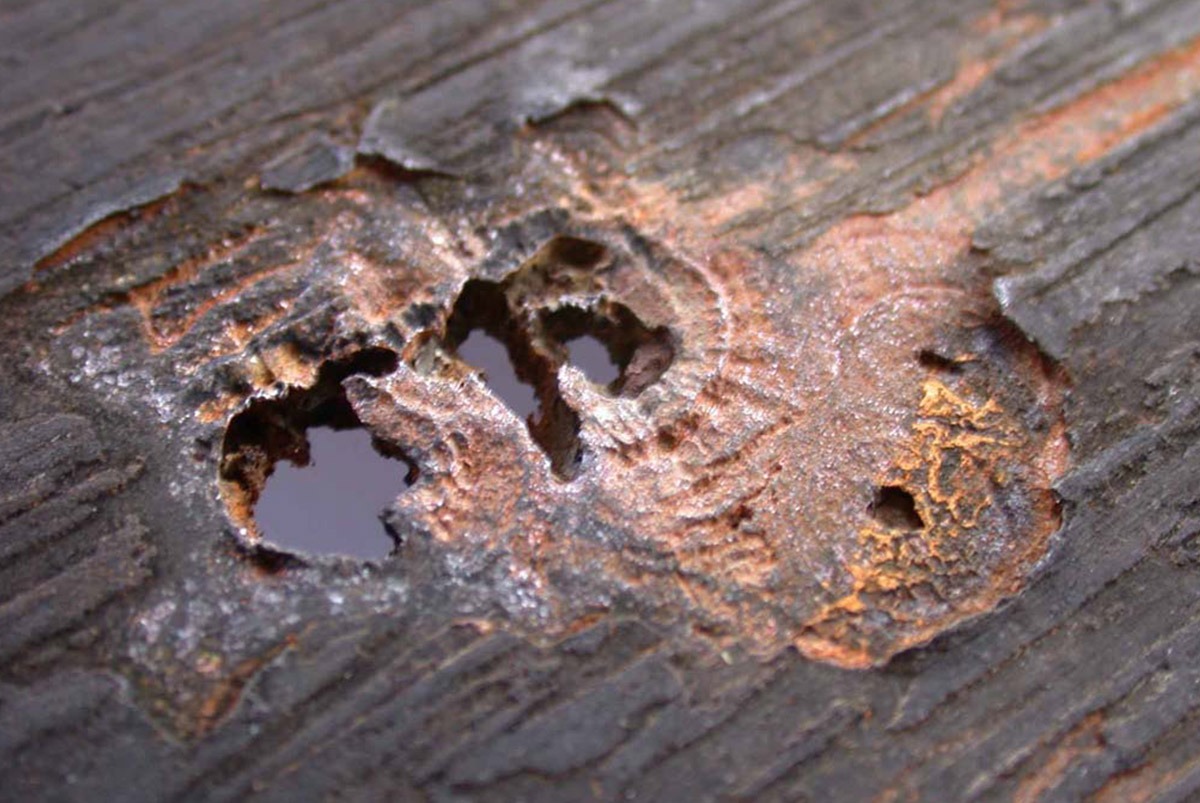
Crevice Corrosion
Similar to pitting, crevice corrosion is localised, generally in a stagnant microenvironment where acidic conditions, or a depletion of oxygen in a crevice can lead to corrosion. The best way to protect your steel from crevice corrosion is to eliminate tight gaps in steel construction.
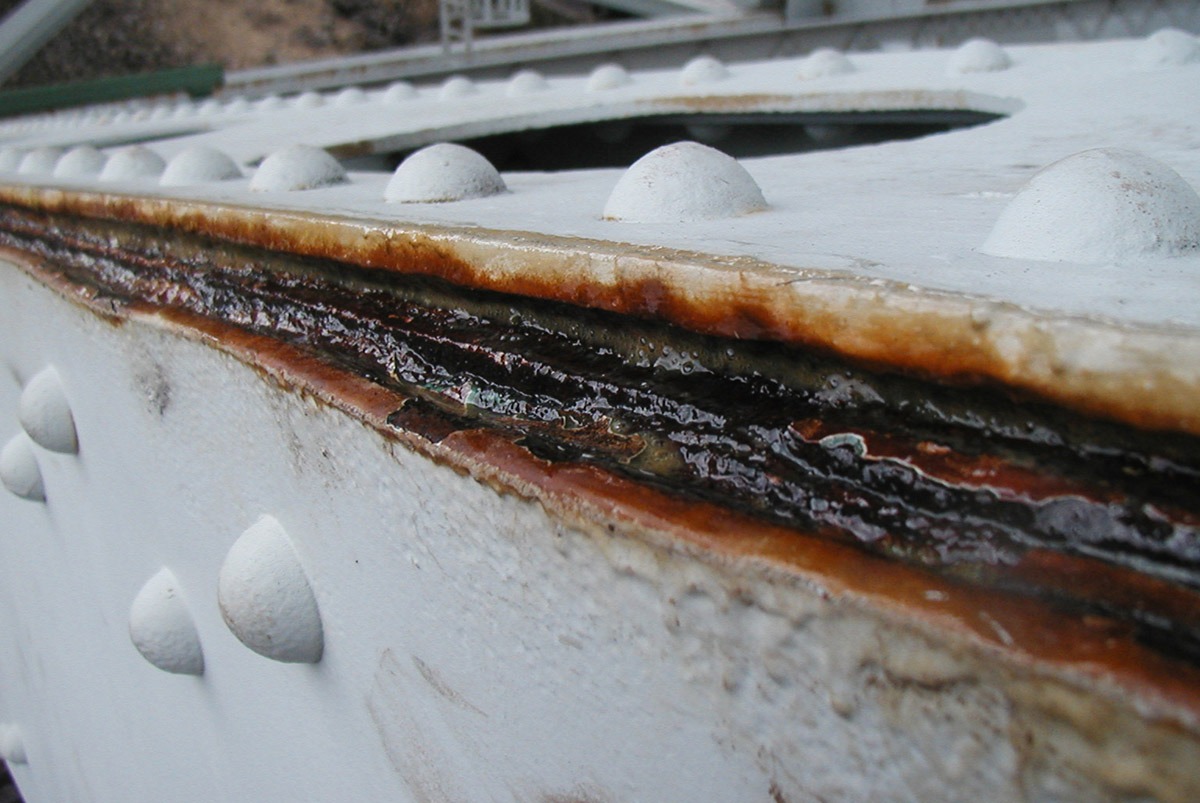
This is just an introduction to steel corrosion, and there are many more that can threaten the integrity of your steel which we will cover in the future.
Few materials can compare with the strength, durability and versatility that you get from steel; however, unless those surfaces are adequately protected your steel’s performance will be seriously undermined.
Need A Quality Steel Provider?
If you need quality steel that is fabricated to suit your unique needs, contact Steel Fabrication Services today.
Our team of expert structural steel fabricators have the experience and knowledge to answer any of your questions and will ensure that you find the best solution to suit your needs. To contact us today, simply call, fax, email or drop by our Brookvale location.
Learn more about the world of steel below:
Steel Bridges | 5 Iconic Builds From Around The Globe
